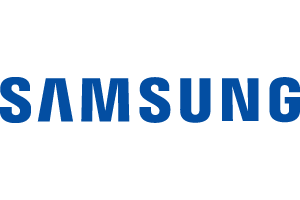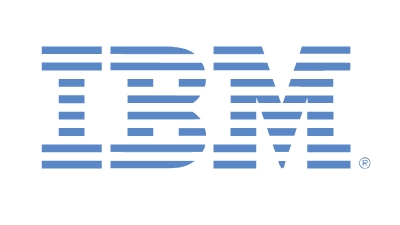Guidelines For Simple Network Management Protocol
Submitted by Steve Francis on

Additionally, collecting SNMP securely requires in-depth knowledge and experience. The versions of SNMP that are simple to implement - versions 1 and 2c - are not secure, supporting no encryption and only a simple shared password.
For any IT leader looking to implement the protocol and make it happen, here are some guidelines to keep in mind:
● SNMP Network Management Stations: The Network Management Station asks questions. The NMS can be anything from a single Linux machine with snmpwalk used for command line queries against devices, to a simple management system like What’s Up Gold, to a powerful system like LogicMonitor (where the collectors initiate the SNMP questions, but the storage, analysis, and alerting is centralized in a SaaS infrastructure.) But as noted above: if a system initiates SNMP questions, it can be thought of as an NMS. (Note that a system can have both the SNMP agent and an NMS installed).
● SNMP Agents: The SNMP agent answers the NMS’ questions. It is a software process that receives SNMP queries, retrieves the data being asked for, and replies back. Most routers, switches, firewalls, and other systems without a full operating system will have SNMP support built in to the software. General purpose servers (Linux, Solaris, AIX, Windows, FreeBSD, etc.) may not have an SNMP agent installed by default, but one can be added at any time. The most common SNMP agent for Linux and Unix based systems is the net-snmp agent, which runs as snmpd (the SNMP Daemon.) Installing, configuring and running this agent will add SNMP support to any system that supports the installation.
● The Three Versions Of SNMP: The SNMP version 1 is the oldest and only supports plain text. SNMP version 2c adds support 64 bit counters, which makes it compatible with most modern hardware. SNMP 3 version adds both encryption and authentication, which enhances the security of the information passed using the protocol.
● Don’t Forget The Common Acronyms. MIB – Management Information Base, a plain text file that define the database of entities, in a tree structure, that is the set of management information available on an SNMP agent. OID – Object Identifiers are expressed in a dotted decimal notation, and identify managed objects on a device that can be queried.
It is important to implement SNMP support with scaling in mind.
For instance, if you have more than one server to manage, you will need to set up SNMP access on all your devices. This is easily done with any of the popular configuration management tools (Ensile, Chef, Puppet, CFEngine, etc.).
This is not specific to SNMP - the same practices should be used for the management of any configuration across more than one server. But ensuring that your SNMP configuration files are managed by a configuration management tool makes it easy to ensure it is correctly deployed to all servers and allows easy changing of SNMP communities, adoption of SNMP v3, etc.
Hopefully you’ve gained an understanding of what SNMP is: why it is used; the type of systems that use it; and some of the pitfalls in talking about SNMP support.
SNMP is the most widely deployed management protocol; it is simple to understand (although not always to use), and enjoys ubiquitous support. While some systems have alternate management systems - most notably Windows, which supports WMI - a good knowledge of SNMP will take you a long way in being equipped to monitor a variety of devices and servers.
Steve Francis is founder and chief product officer of LogicMonitor.






